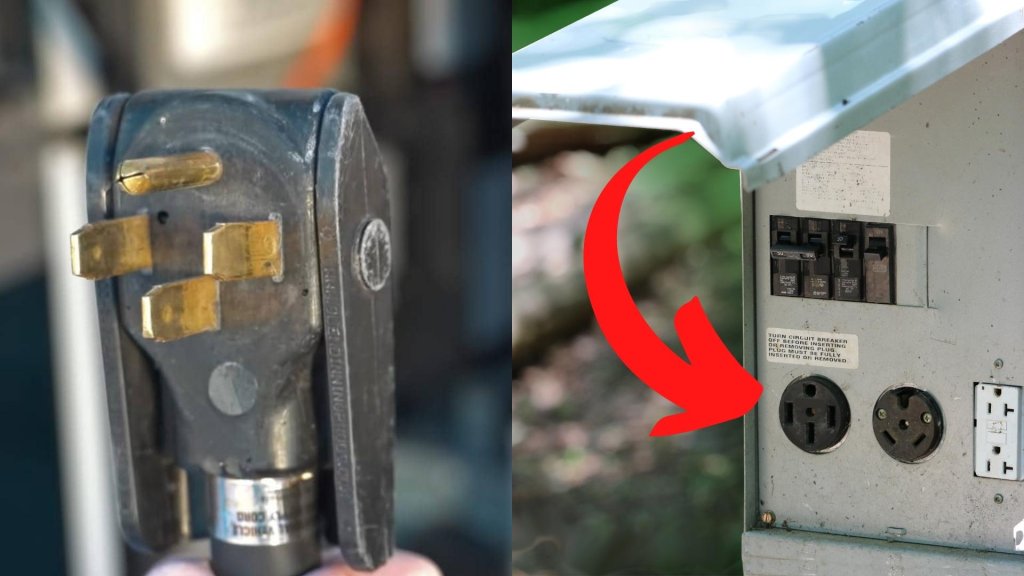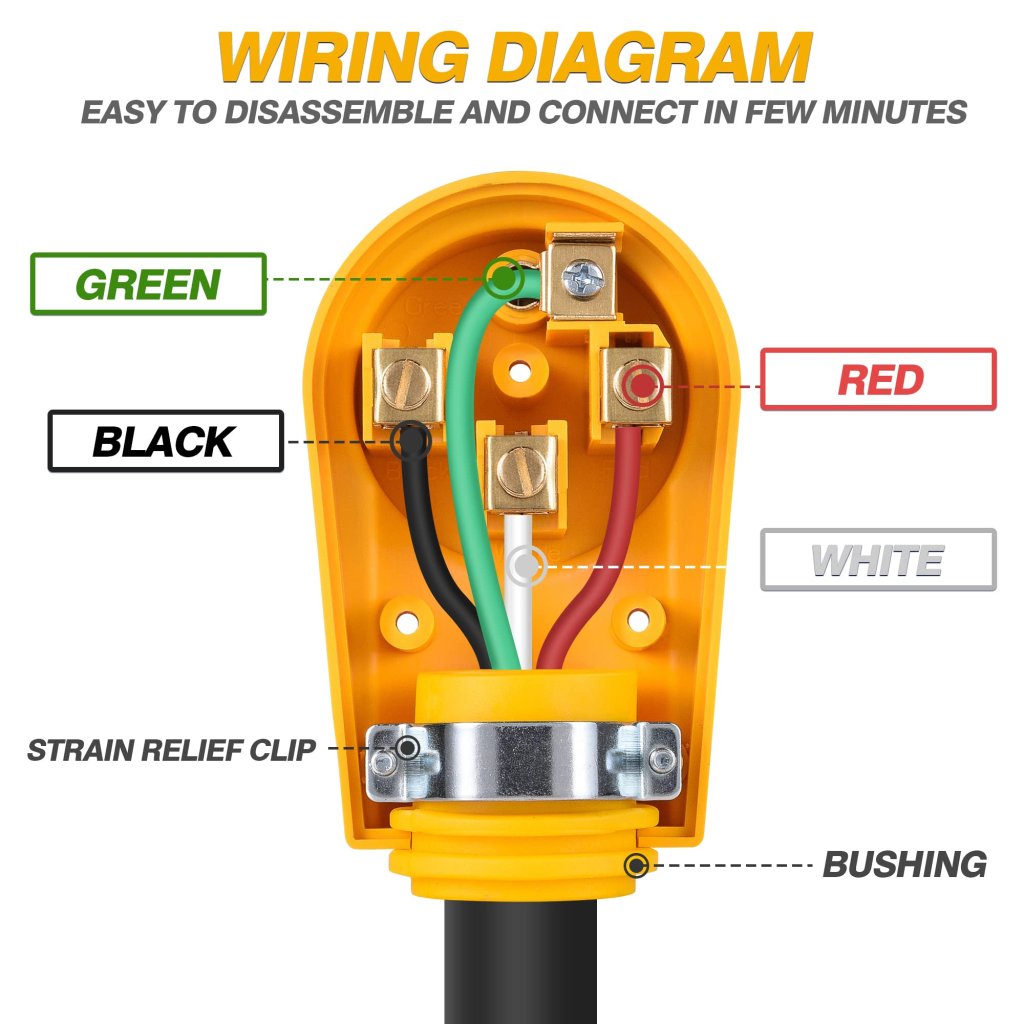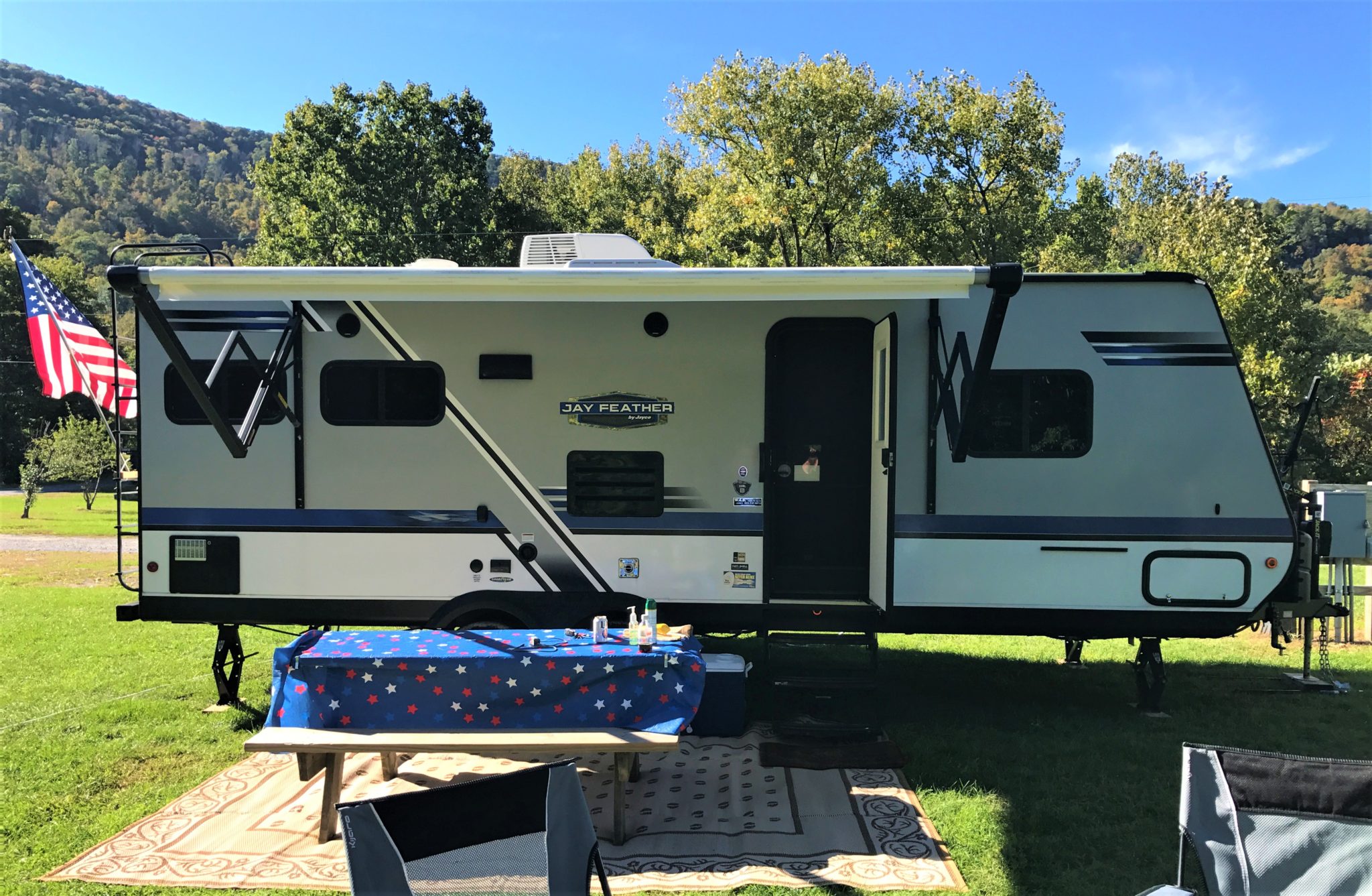Adventure, whichever turn it takes, smooth or rough, eventually offers a memorable time. And the joyous experience doubles up when you have your recreational vehicle (RV).
After all, commuting to campsites in a personal vehicle is not only comfortable but also safe as compared to any other mode of travel. Owning an RV ensures your focus is not diverted and is solely on enjoying the trip.
Now, one question that most RV owners ask is how to wire a 50 amp RV plug with only 3 wires. If you are also one of them, then this blog can prove to be the best investment of your time for the whole of your camping journey.
Can You Wire a 50 Amp RV Plug?

A recreational vehicle or RV requires an electric load ranging from 30 amps to 50 amps, owing to its higher electricity requirement to run efficiently on rough terrains. A 50 amp power means a capacity of a maximum of 12000 watts. It is used for RV vehicles that require a heavy electrical road during the move on rough terrains and mountainous camping sites.
In common situations, the wiring in RV plugs requires four wires: red, black (hot wires), green(ground), and white(neutral) wires. The ideal wiring method is using all four of them, especially when your electricity requirement is as high as 50 amps. Regarding a normal home electrical system, it is possible to wire a 50 amp plug with 3 wires, leaving the neutral one, but when it comes to a recreational vehicle’s (RV) electrical system. Having all four wires is a must.
So the answer to the question is a straight NO! But if you are still skeptical of using a three-wire prong, let us understand why you should not.
Why You Should Not Wire a 50 Amp RV Plug with 3 Wires

So here’s the thing. A 50 amp three-wire plug has two hots, L1 and L2 wires, and a ground wire. It does not have a neutral wire, which is necessary in RV systems. An RV does not use a 240 V plug; it uses two hots, L1 and L2 of 120 V each. Also, when we say an RV plug has a ground wire, by no means is it similar to the house ground conductor wire. The equipment grounding conductor that is used in RV plugs is primarily for returning the fault current. In the case of a normal ground conductor wire, the purpose is to return the normal current.
Now, while we say using a 3-wire 50 amp plug is not advisable, what should one do in that case? Well, the answer is simple. In such a case for your RV, you can modify a 4-wire 50 amp plug into a 120/240 V plug as it has two hots, a neutral and a ground equipment wire.
Safety Precautions While Wiring a 50 Amp RV Plug
- The first one is basic: don’t try to be an expert in wiring unless you actually are one. Technically. Always take an experienced electrician’s help to take you through the process. The reason that one must not try to wire an RV plug without experience or expertise is that not only does it pose a risk to your well-being & life but also to your RV. Doing so can lead you into a worse situation than you are.
- While wiring the plug, ensure the main power supply is off to avoid any hazards. Always use proper equipment and connect wires to respective pinpoints. These precautions are basically common to all types of electric equipment handling.
- Never use neutral wire instead of ground wire, and ground wire instead of neutral wire. Be alert and conscious while wiring the 50 amp rv plugs. Doing so can lead to short circuits and, hence, can complicate the situation further.
Conclusion
So, we hope this answered your question and halted any of your futile attempts at trying to wire a 50 amp RV plug with 3 wires. And if you have understood the logic behind the big NO, go ahead and explain it to your camping buddies who might be planning on making the same mistake.
Remember, an RV system differs greatly from a regular home electrical system. If you are well aware and experienced in the job, then only wire a 50 amp RV plug with three wires, that too with utter precautions and complete equipment.
However, it’s best recommended to find an expert to do it for you. After all, let the experts take care of your RV while you take care of having a fun-filled camping trip.

